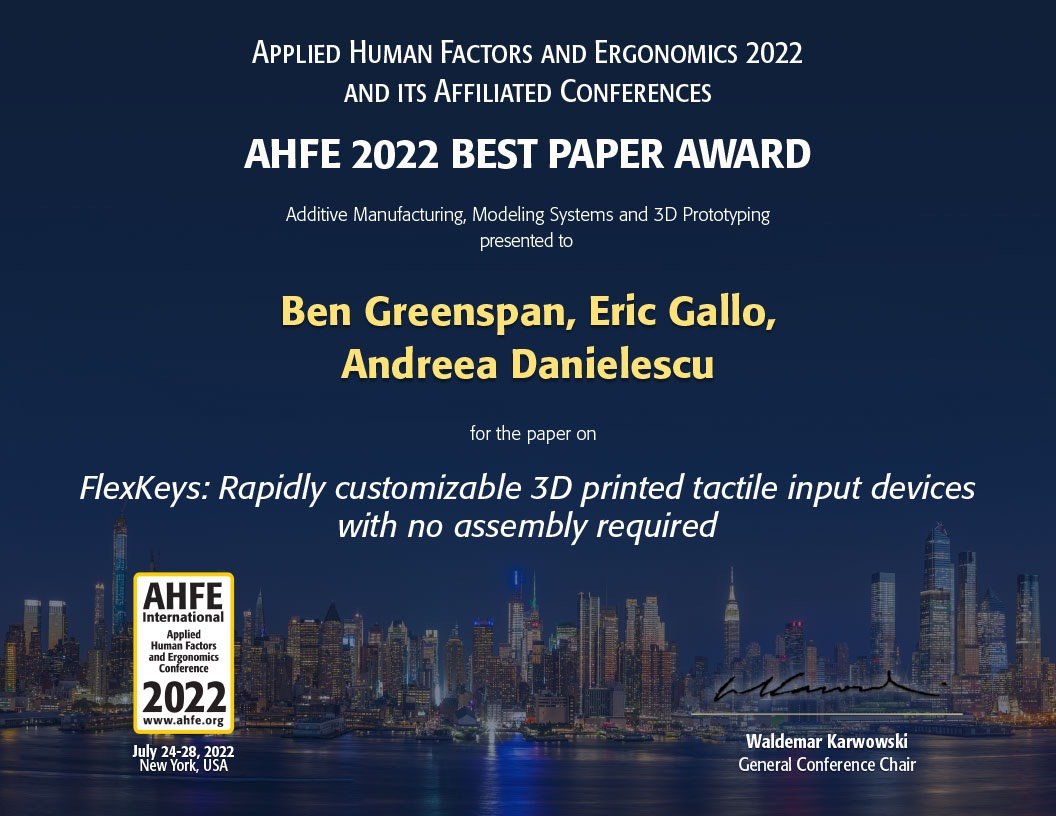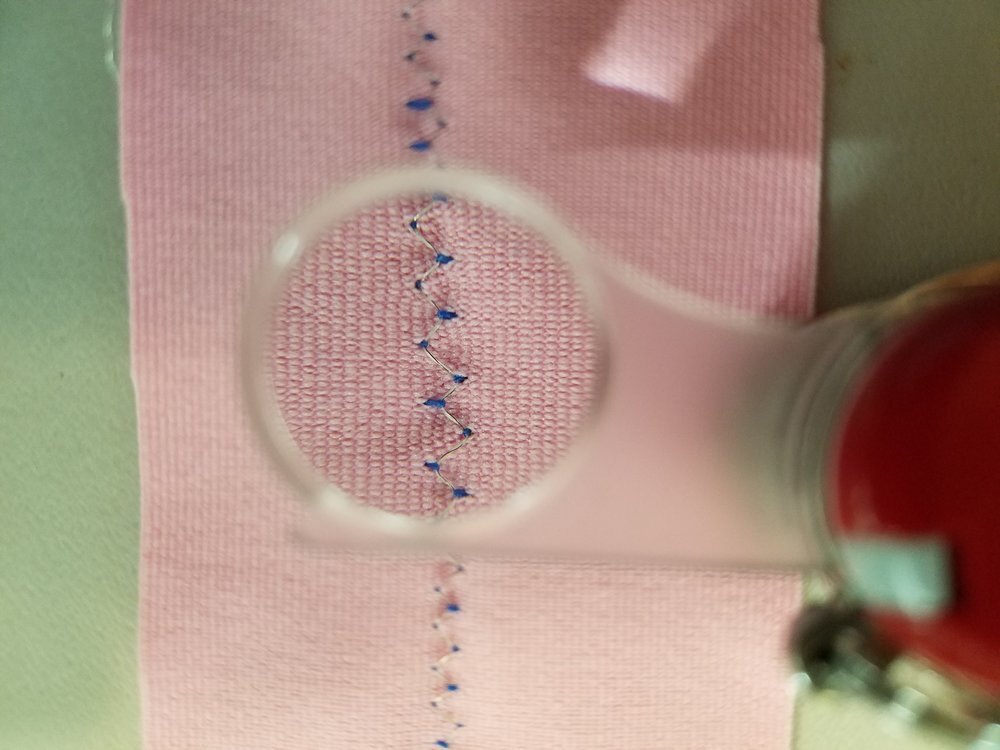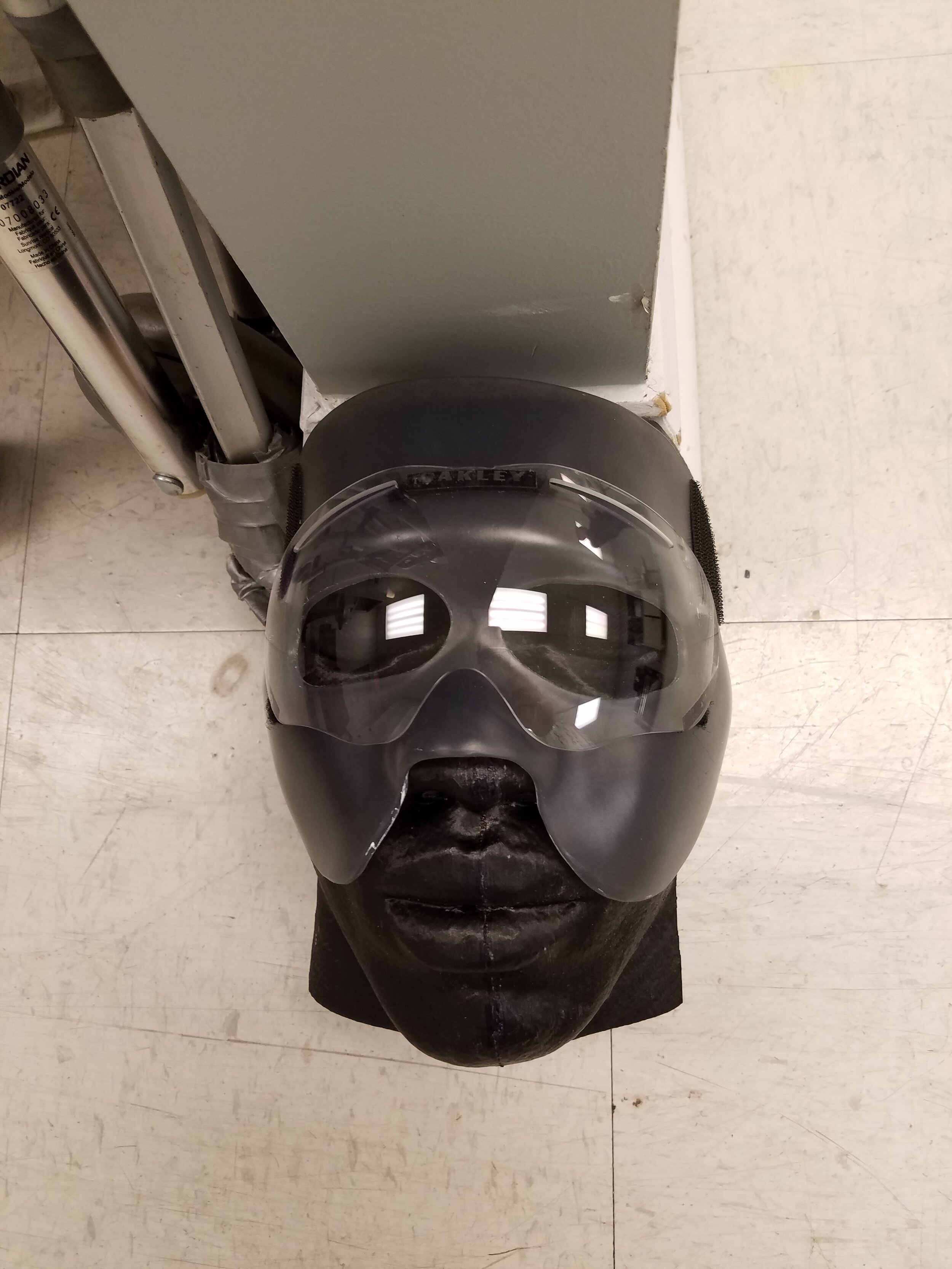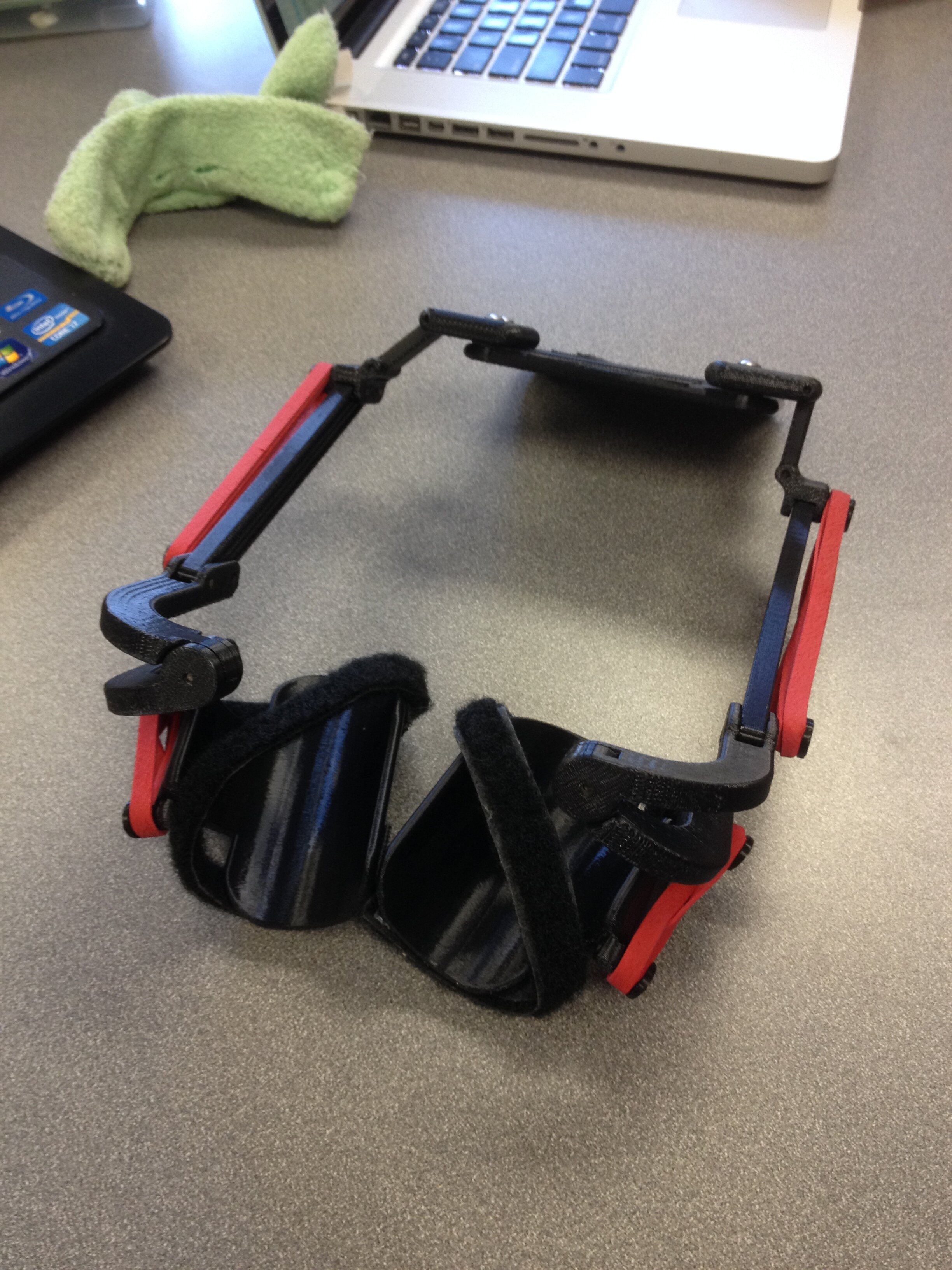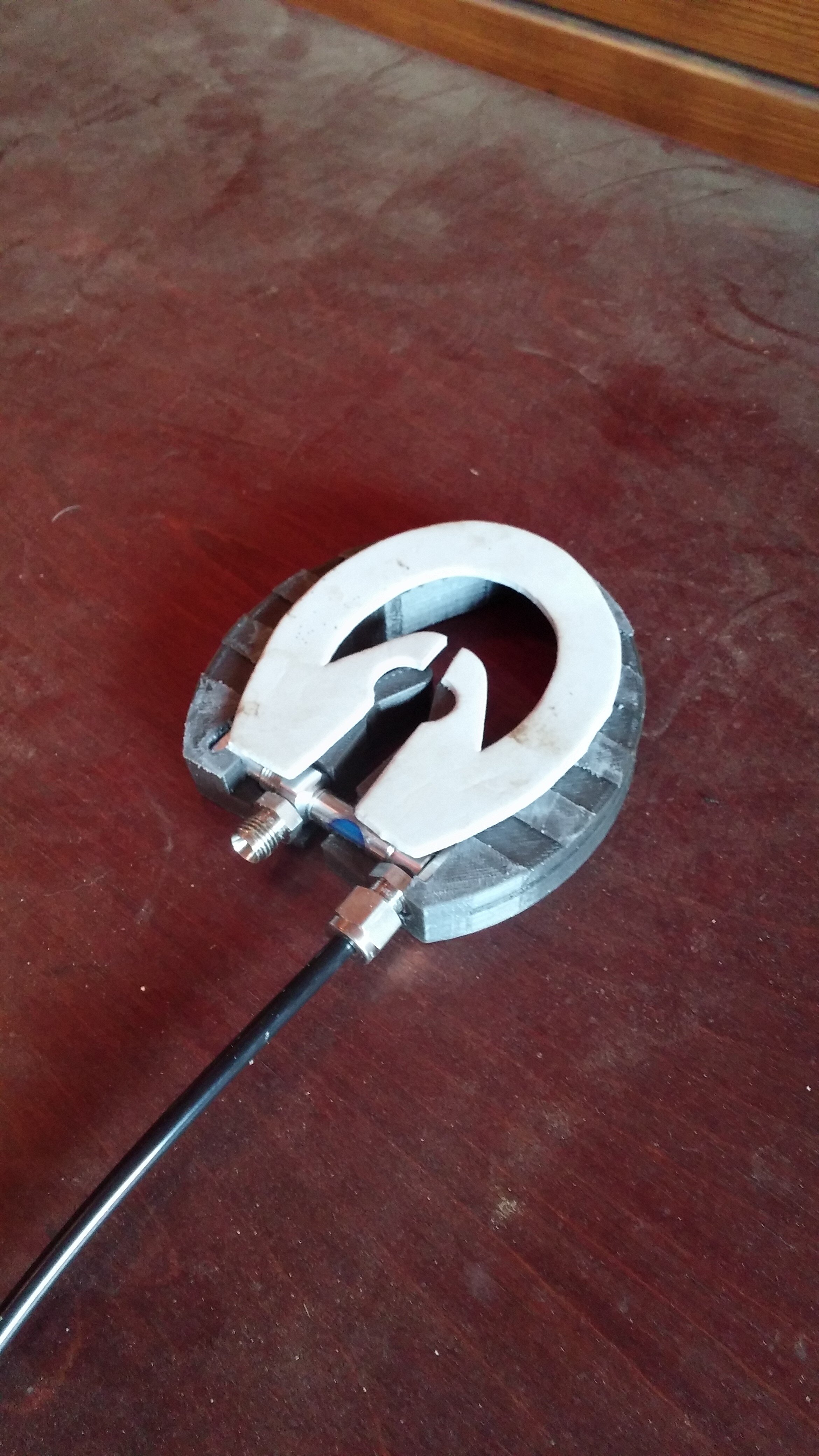Current
Apple - Biomechatronics Hardware Design Engineer | 2022 - Present
Past
Accenture Labs - Future Technologies R&D Smart Materials Research | 2019 - 2022
Smart Materials Research Overview
Ben Greenspan explains cutting edge smart material technologies in the San Francisco Innovation Hub.
FlexKeys: 3D Printed Input Devices
FlexKeys: Rapidly customizable 3D printed tactile input devices with no assembly required | AHFE 2022 Best Paper Award
3D Printed Basketball Prosthetic Hand
Designing Low-Cost Sports Prosthetics with Advanced 3D Printing Techniques | UIST 2020
MechSense: 3D Printed Rotary Encoders
MechSense: A Design & Fabrication Pipeline for Integrating Rotary Encoders into 3D Printed Mechanisms | CHI 2023
MXene Textile Supercapacitors
Wearable energy storage with MXene textile supercapacitors for real world use | Journal of Material Chemistry 2023
SF Innovation Hub Tour
Inside Accenture Labs: San Francisco - Meet Andreea and Ben
Self-deStaining Textiles
Self-deStaining Textiles: Designing Interactive Systems with Fabric, Stains and Light | CHI 2021
Smart White Cane
Veterans Health Administration: Smart White Cane
Additional Media
Accenture Technology Vision 2022 - Programmable World | Tech Vision
Moving Beyond Mass Production | Medium Blog Post
Why I Can’t Stop 3D Printing Prosthetics… In My Kitchen | Medium Blog Post
University of Delaware Move to Learn (M2L) Innovation Lab Dissertation Projects | 2015 - 2019
Assistive Video Game Controller Adapters
Millions of people love to play video games, but for those with an upper extremity impairment or fine motor difficulty, playing video games can be challenging. I designed five assistive video game controller adapters to help gamers just game. Some of these designs were developed in collaboration with The AbleGamers Charity.
Click here for the open-sourced designs!
If you’re looking for a more inclusive way to play, also check out the Xbox Adaptive Controller!
‘Up First’ Lab Interview
PBS Philadelphia WHYY interviews Ben Greenspan and Martha Hall to learn about the assistive technology research they are doing.
Infant Position Detection Wearable
It’s important for young infants to move their bodies and interact with objects from a variety of positions. It’s been shown that infants that have more exposure to “tummy time” while awake and playing can hit developmental milestones sooner. For children at risk of a developmental delay, these types of interventions can be very beneficial to the child, but difficult to quantify how long parents are placing their child in various positions before they are able to roll on their own. I designed an open sourced wearable that can detect the position an infant is placed in throughout the day.
Click here for the open-sourced design!
Related publication:
Smart Compression Garment
Measuring movement outside a lab environment can be difficult, and IMU based systems lead to unnatural movement with their bulky sensors. We tested many conductive threads, fabrics and paints to develop a reliable and accurate e-textile stretch sensor that can measure movement outside of the lab environment. This sensor can be used to validate the effectiveness of assistive exoskeletons, and has a variety of MOCAP applications. You can make your own with our DIY manual!
Related publications:
Development and testing of a stitched stretch sensor with the potential to measure human movement (2018)
Additional Media
College of Health Sciences Gala 2017: The Sky's the Limit | YouTube Video
Fashioning Innovation | UDaily Article
Additional Healthcare Projects While At UD | 2014 - 2019
Joel Embiid’s Face Mask
When Joel Embiid fractured his orbital bone during March of 2018, it left the 76ers with very large shoes to fill. I was honored to be a part of the design team for his face mask, specifically providing input for different strapping mechanisms and eyewear integration. Collaborators: John Horne and his team from Independence Prosthetics - Orthotics, Martha Hall, UPenn, and the 76ers.
P-WREX (Pediatric Wilmington Robotic Exoskeleton)
Nemours A.I. DuPont Hospital for Children developed the WREX (Wilmington Robotic Exoskeleton) to assist upper extremity movement for those with muscular disabilities. This design was then made smaller so it could be used for children. I assisted in redesigning the P-WREX in a different CAD package so it could be printed at the University of Delaware. Further design was done allowing the P-WREX to be mounted to a small child seat rather than a wheelchair or rigid back brace. Collaborators: Dr. Tariq Rahman, Whitney Sample, and Dr. Michele Lobo.
3D Printed Walking Boot
After an Achilles tendon rupture, people are placed in a walking boot to immobilize their ankle. These boots are very bulky and lead to low patient compliance, so we designed a fashion-forward, 3D printed, modular walking boot. The boot features interchangeable heel angles that can be swapped out during the recovery process, a hard midsole, and soft sole that is thicker in the heel and toe to encourage a normal gait pattern. Collaborators: Dr. Martha Hall and Dr. Jennifer Zellers.
Custom 3D Printed Biosensor and Kinematic Adapters
I assisted other PhD students and faculty in the College of Health Sciences at UD by custom printing adapters for various projects. Some include: an ultrasound probe holder to stabilize readings during shear wave elastography (cSWE) on the Achilles and patellar tendons, accelerometer mounts to a golf driver club head, and more.
Horse Hoof Deformation Simulator and Rehab Device
Senior Design Project: Our team was tasked to create a simulation of the the coffin bone pressing against the hoof wall, and design and build a physical hoof deformation rehab device to slow the rate of laminitis in horses. Sponsor: UPenn New Bolton Center, Large Animal Clinic. Collaborators: Kate Ordemann, Mike Capilupi, & Louise Duvalsaint. Sponsors: Dr. Dean Richardson, Pat Reilly, and Charlene Noll. Advisors: Dr. Jeannie Stephens and Dr. Jenni Buckley.



